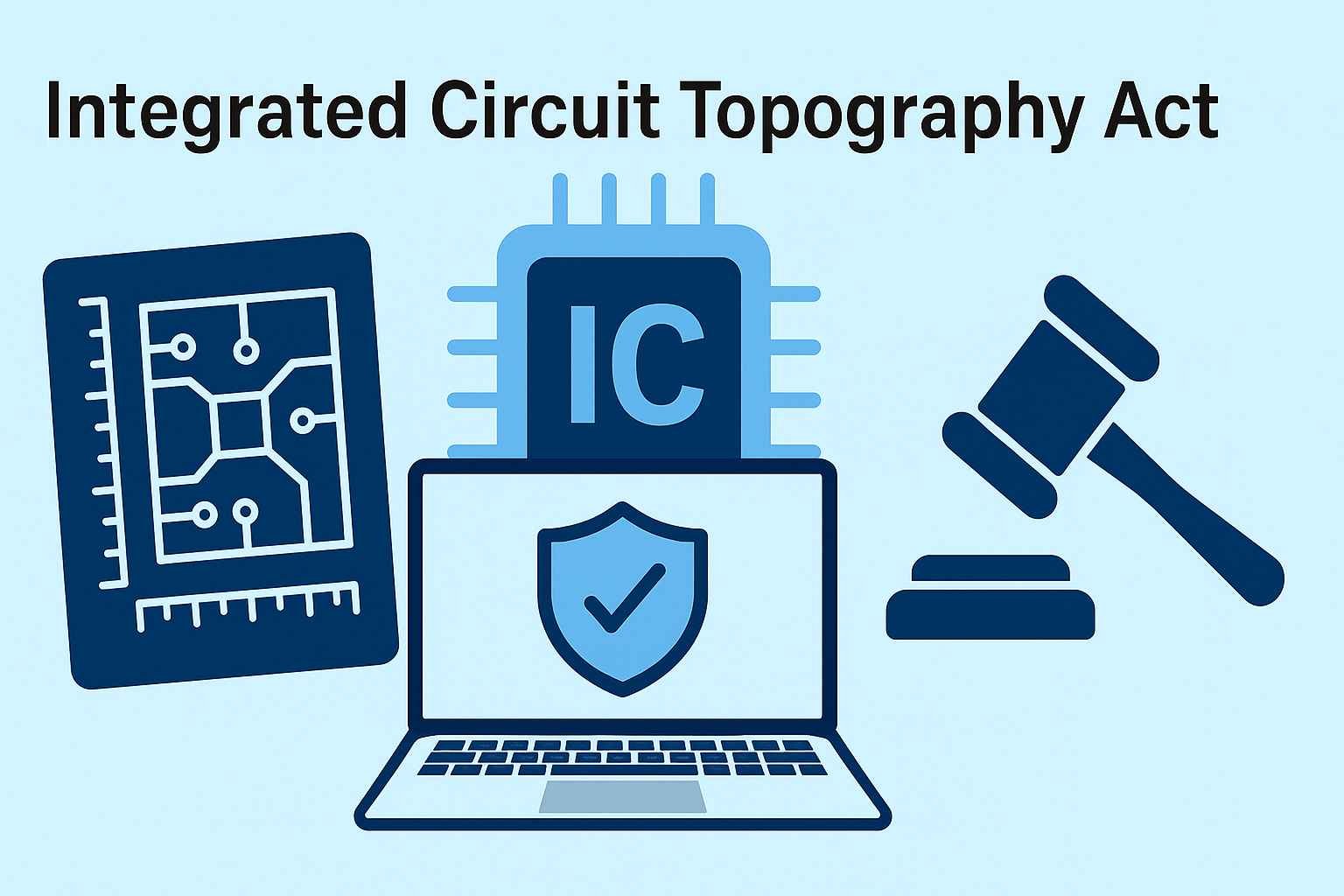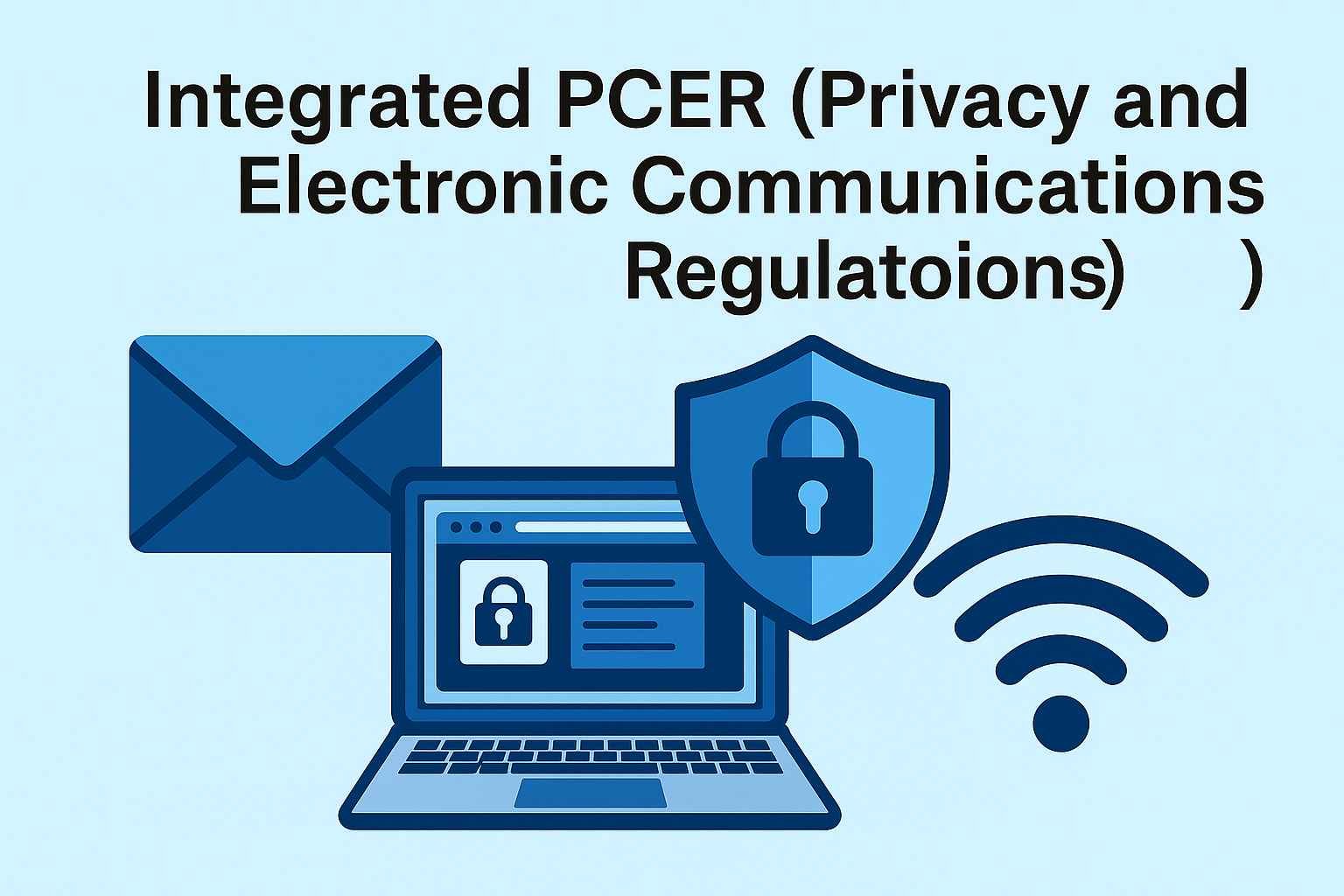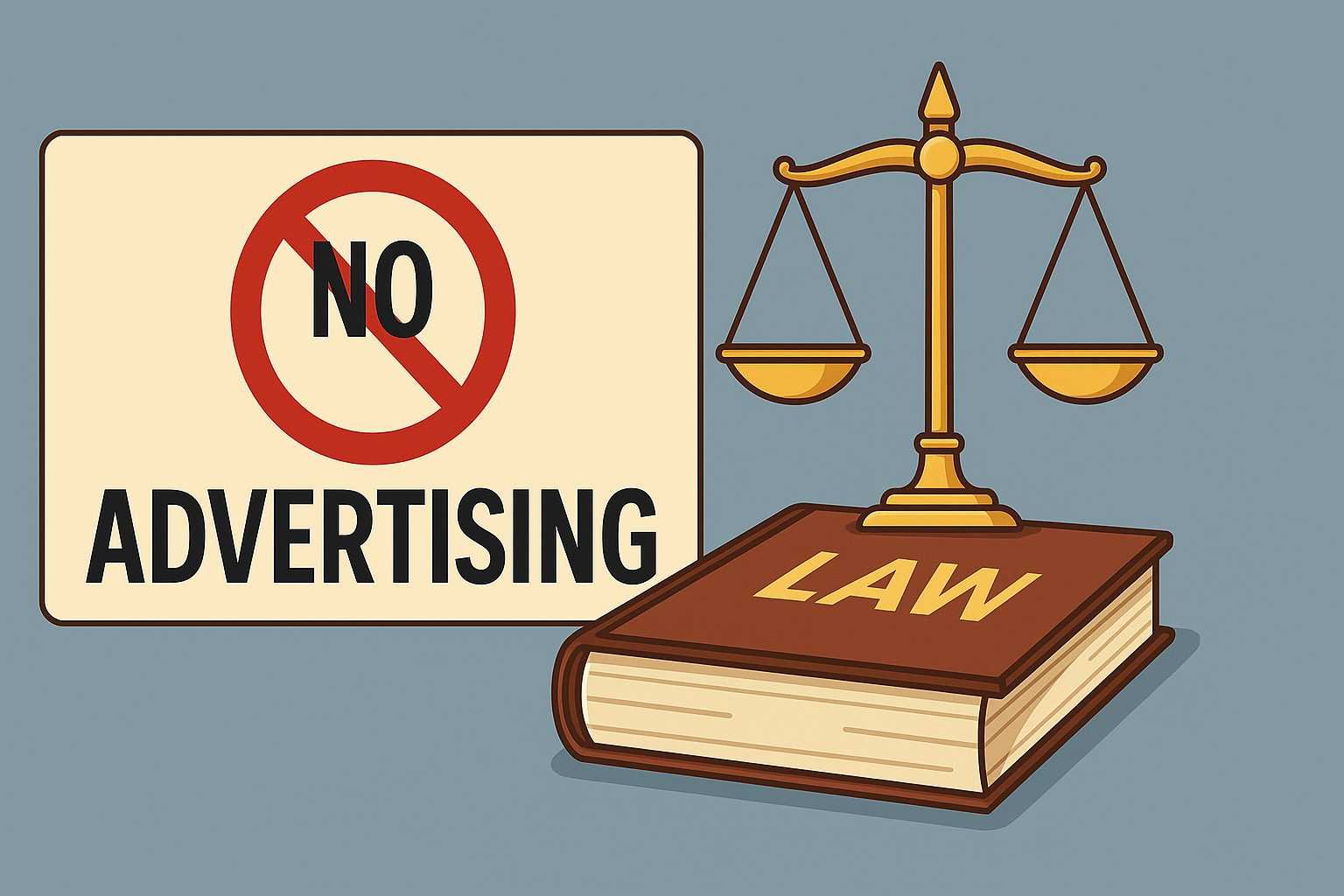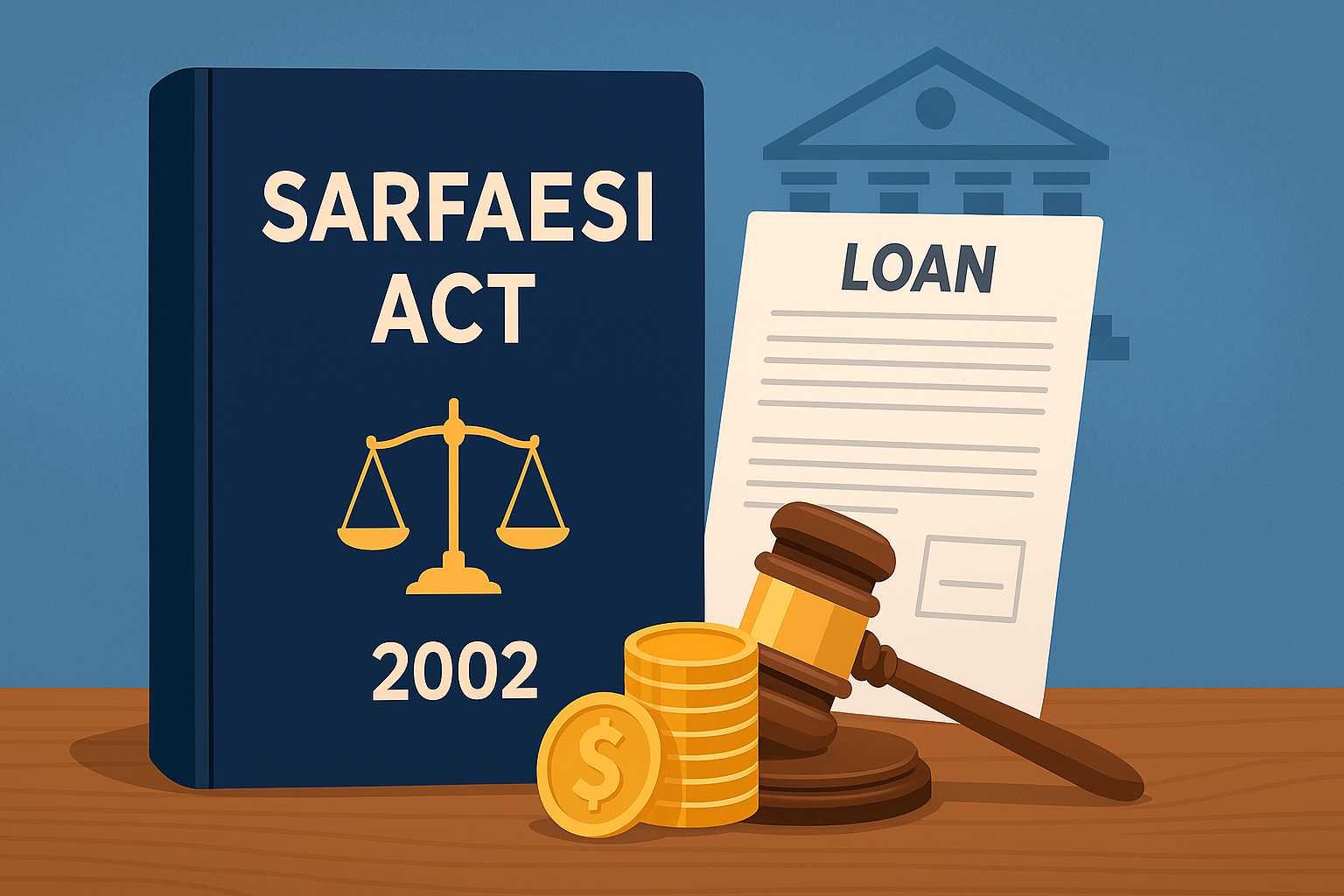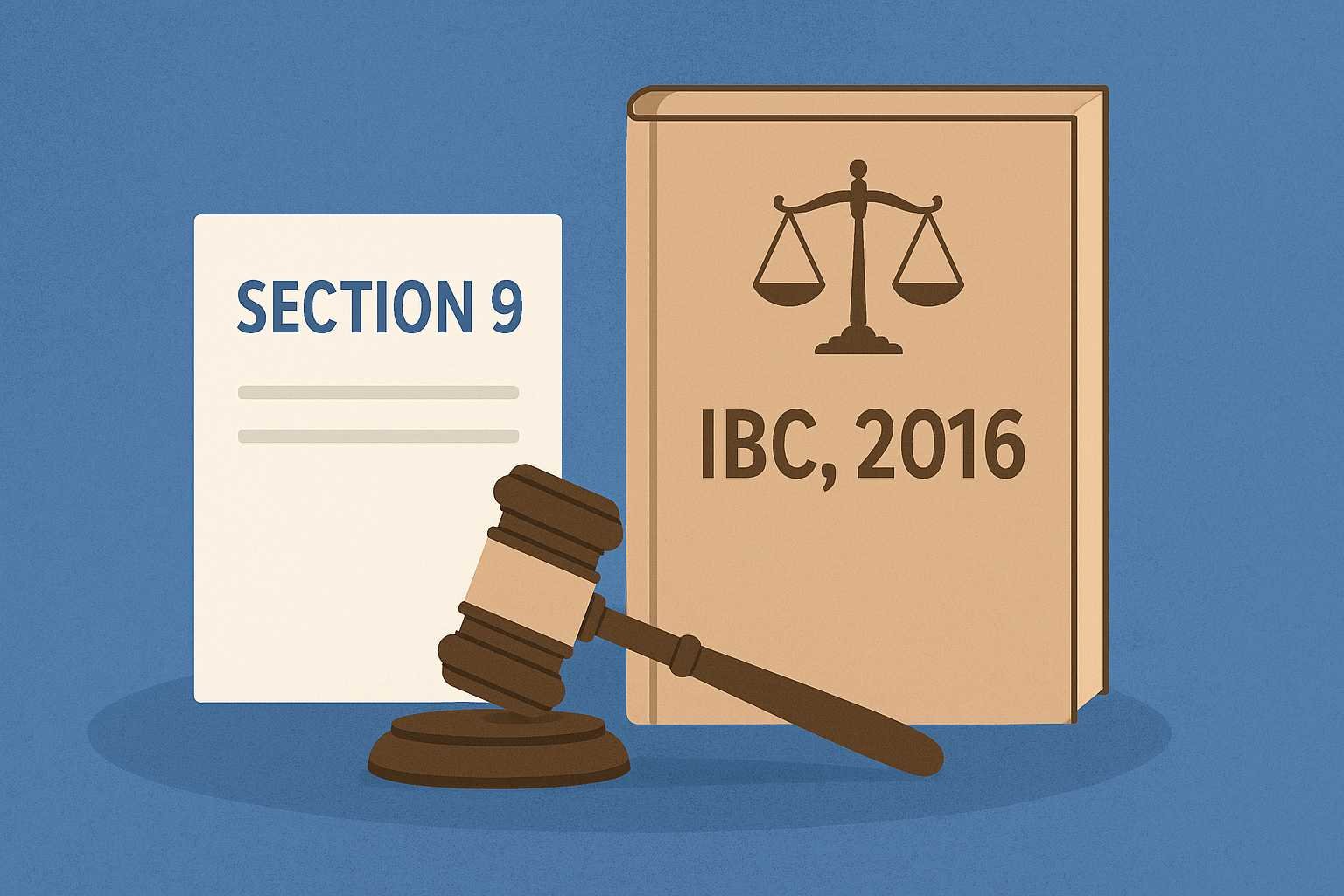On this page you will read detailed information about Integrated Circuit Topography Act (ICTA)
In Canada, innovation in semiconductor and microchip design is protected not just by patents or trade secrets—but also under a special law called the Integrated Circuit Topography Act (ICTA). The ICTA grants rights over the layout design or topography (3D arrangement of layers) of integrated circuits (ICs). It addresses a gap: the physical arrangement of circuitry in chips is often hard to protect under existing IP laws, so ICTA gives designers a dedicated tool.
Here’s a deeper dive into how it works, what protections it offers, and what chip designers and companies need to know in 2025.
Why the ICTA Matters (and Its Purpose)
Modern electronics—from smartphones to AI accelerators—depend heavily on integrated circuits. The topography refers to how elements like transistors, interconnects, insulators, and metal layers are arranged spatially in the chip’s structure. Because creating a functional, efficient layout involves significant expertise and investment, designers need legal protection against unauthorized copying or reproduction of their layouts.
The ICTA seeks to:
- Provide exclusive rights to original topographies (for a time-limited duration)
- Prevent direct copying or reproduction of layout designs by competitors
- Encourage innovation in chip layout designs by giving legally enforceable recourse
- Enable Canada to meet obligations under international agreements (e.g. TRIPS) about protecting layout designs
Because topographies are often not patentable (they may lack inventive step), or may not be covered by copyright (which protects expressive works, not necessarily functional layouts), the ICTA provides a sui generis (stand-alone) type of protection.
Key Provisions & How ICTA Works
Definition of Topography & Scope
Under the Act, a topography is defined broadly to include:
- The disposition of interconnections and elements forming an integrated circuit product, or
- The elements/interconnections of a customization layer(s) added to a partially completed integrated circuit product
An “integrated circuit product” is a device that embodies these topographies and performs an electronic function.
Interestingly, you don’t need the design to be in a finished chip to register the topography — even standalone layout designs qualify.
Originality & Exclusions
To qualify for protection, a topography must be original — meaning:
- It must not be a mere reproduction of another topography or large part thereof, and
- It must result from intellectual effort, not just routine layout.
Topographies that are commonplace among chip designers at the time of creation (i.e. standard or standardized layouts) don’t qualify.
Registration & Timing
Protection under ICTA is not automatic — you must register your topography with the Canadian Registrar of Topographies (through CIPO, the Canadian Intellectual Property Office).
Key timing rules:
- You must file an application within two years of the first commercial exploitation (sale, lease, import, etc.) of the topography. If you wait longer, your application may be refused.
- The term of protection is up to 10 years from the filing date or the first commercial exploitation year (whichever comes first) — the law fixes the expiration at December 31 of the tenth year.
Rights Conferred & Limitations
Once registered, the topography owner gets exclusive rights to:
- Reproduce the topography (or substantial part)
- Manufacture integrated circuit products incorporating the topography
- Import, lease, offer for sale, or otherwise exploit products containing the topography
However, the ICTA does not prevent others from designing alternative topographies that accomplish the same function using a different layout. In other words, parallel designs are allowed.
The Act also includes a compulsory licensing / authorized use provision: the Commissioner (CIPO) may authorize use of a registered topography under certain terms (scope, duration, non-exclusivity, domestic supply, remuneration) if public interest or other conditions require it.
Remedies, Infringement & Enforcement
If someone infringes a registered topography, the topography owner may bring an action for infringement in the Federal Court. Remedies may include:
- Injunction to stop further unauthorized use
- Damages or account of profits
- Seizure/destruction of infringing articles and layouts
To support enforcement, the Act allows courts to inspect layout documents, manufacturing articles, and compel evidence from infringers.
The Act also treats importation or commercial exploitation of circuits containing infringing topographies as infringing acts — meaning infringing chips brought into Canada violate the Act.
In the previous post, we had shared information about Artificial Intelligence and Data Act (AIDA), so read that post also.
Recent Changes, Fees & Regulatory Updates (2025)
Though ICTA is an older statute, it continues to evolve:
- The Integrated Circuit Topography Regulations (SOR/93-212) were amended effective 1 January 2024 (Amendment SOR/2023-117).
- For 2025, the filing fee for an application is CAD 296.50. Amendments, licensing, registering transfers, etc. have prescribed fees (e.g. CAD 94 for amendments).
These adjustments reflect administrative costs and inflation adjustments. Designers and firms must check CIPO’s fee schedule before filing.
Additionally, because integrated circuit and semiconductor design is central to modern AI, quantum hardware, and high-end computing, the value of these protections is gaining visibility in Canada’s technology policy discourse.
Challenges & Practical Considerations for Designers
Proving Originality & Access to Information
Designers must show that their layout is original and not merely derivative. In many disputes, access to the infringer’s design data or manufacturing files is critical, and such data may be held secret or difficult to acquire.
Complex Chain of Supply & Reverse Engineering
Chip fabrication often involves multiple subcontractors, mask houses, foundries, and IP cores. Tracking who had access to what layout is challenging. Meanwhile, some jurisdictions allow reverse engineering for analysis or interoperability, which can creep into borderline cases. In many topography regimes, limited exceptions allow reverse engineering for evaluation or research, though Canadian ICTA’s exceptions are narrower.
Overlap with Other IP Laws
Topographies protect layout design, but not the functional inventions embedded (those are for patents), nor the code or firmware in chips (often in copyright). Designers may need to combine patents, topography protection, and trade secrets to cover all aspects.
Timing & Commercial Exploitation Risk
Missing the two-year filing deadline after first commercial exploitation is fatal in many cases. Some firms hesitate to disclose or publish their designs before filing for fear of losing registration rights.
Enforcement Costs & Jurisdictional Reach
Litigation in Federal Court can be expensive. Enforcing rights against foreign infringers is more complex, especially when chips and layouts cross borders. International reciprocity helps (Canada gives protection to foreign nationals reciprocally) under rules of ICTA.
Strategic Tips for Using ICTA in 2025
- Early filing before commercial launch
Ideally file either before or close to first exploitation to preserve rights under the two-year window. - Maintain secrecy until registration
Avoid publication, sharing, or reverse disclosure of layout designs before registration. - Document design process & versioning
Keep development notes, intermediate files, version logs, and internal review records to support originality claims. - Mark products and provide notice
Although marking is not mandatory, marking chips or products as “Registered Topography” can deter infringers and support claims that they had notice. (Courts sometimes reduce damages if infringers claim ignorance.) - Combine complementary IP protections
Use patents for functional innovations, copyright for embedded code, trade secrets for confidential design methods, and topography rights for layout. - Monitor the supply chain
Track who handles mask sets, mask houses, vendors that touch layout data, and place contractual obligations regarding confidentiality and licensing. - International alignment
Because layout designs are protected under TRIPS, many WTO members require national laws to protect layout designs for at least 10 years. Use protective registration in key jurisdictions where your chips will be manufactured or sold.
Conclusion
As semiconductor design becomes ever more central to technology—AI, quantum computing, IoT, sensor networks—the intellectual property protection of chip layout designs is no longer niche. Canada’s Integrated Circuit Topography Act provides a necessary tool to protect creators’ investments in layout design.
While the Act is mature (dating back to the 1990s), its relevance endures—especially given updates to regulations and growing demand for high-performance computing. For chip designers, firms, and innovators, staying vigilant about registration timing, documentation, and supply chain control is vital.
Disclaimer
The information and services on this website are not intended to and shall not be used as legal advice. You should consult a Legal Professional for any legal or solicited advice. While we have good faith and our own independent research to every information listed on the website and do our best to ensure that the data provided is accurate. However, we do not guarantee the information provided is accurate and make no representation or warranty of any kind, express or implied, regarding the accuracy, adequacy, validity, reliability, availability, or completeness of any information on the Site. UNDER NO CIRCUMSTANCES SHALL WE HAVE ANY LIABILITY TO YOU FOR ANY LOSS OR DAMAGE OF ANY KIND INCURRED AS A RESULT OR RELIANCE ON ANY INFORMATION PROVIDED ON THE SITE. YOUR USE OF THE SITE AND YOUR RELIANCE ON ANY INFORMATION ON THE SITE IS SOLELY AT YOUR OWN RISK. Comments on this website are the sole responsibility of their writers so the accuracy, completeness, veracity, honesty, factuality and politeness of comments are not guaranteed.
So friends, today we talked about Integrated Circuit Topography Act (ICTA), hope you liked our post.
If you liked the information about Integrated Circuit Topography Act (ICTA), then definitely share this article with your friends.

